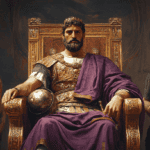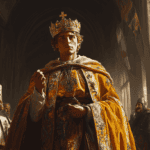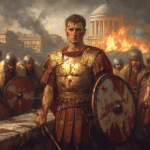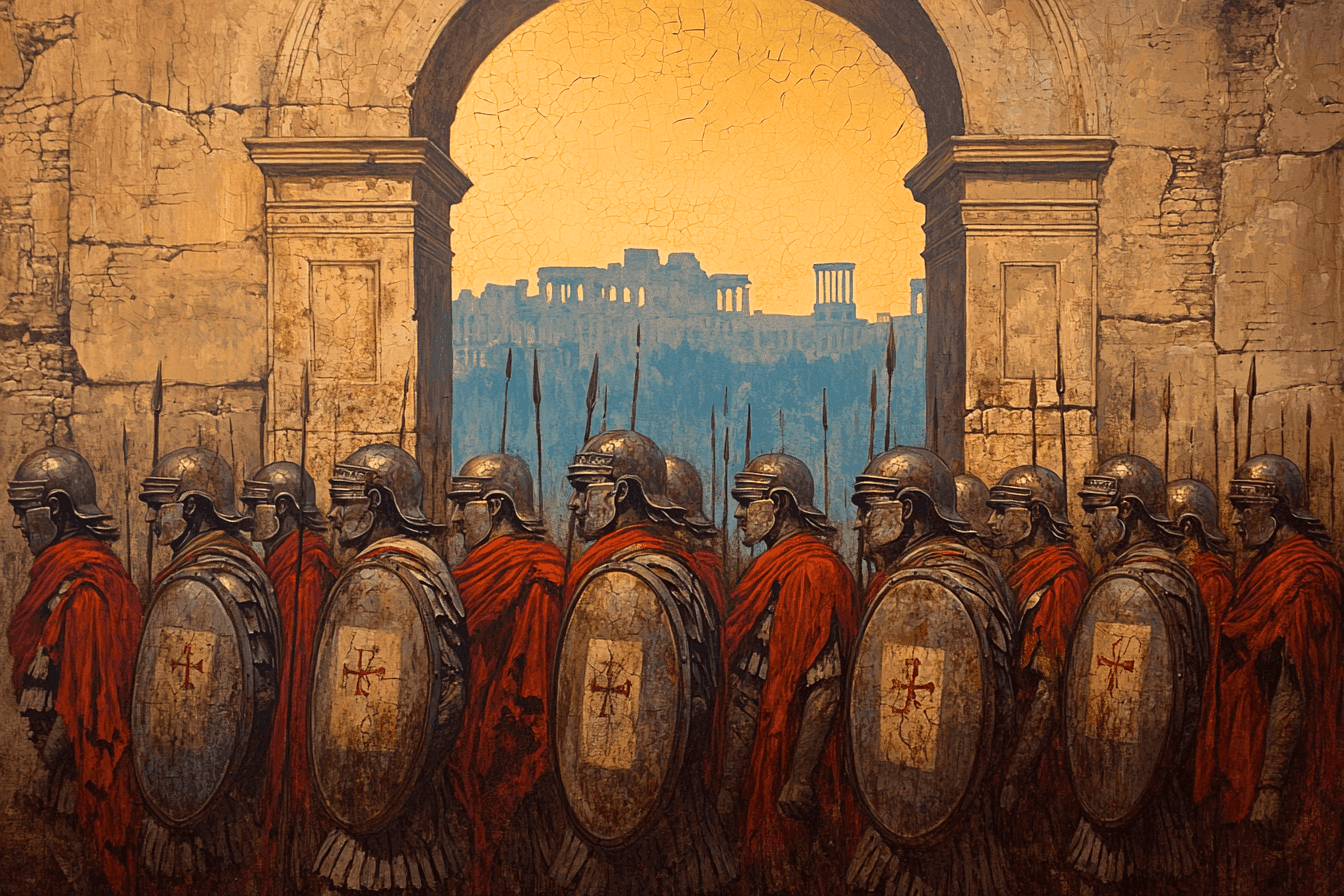
The transfer of the Western Roman Empire’s capital from Rome to Ravenna in 402 AD was both a response to immediate threats and a profound shift in imperial strategy, geography, and identity.
The Decline of Rome’s Centrality
For centuries, Rome was the heart of the Roman Empire – politically, culturally, and symbolically. However, by the late third and early fourth centuries, the city’s practical importance as an imperial capital had begun to wane. The empire’s vast size, administrative challenges, and growing external threats made Rome less suited as a seat of government. The trend began under Emperor Diocletian, who, in the late 3rd century, established the Tetrarchy and shifted the focus of imperial administration away from Rome. Diocletian and his co-emperor Maximian based themselves in other cities closer to the empire’s frontiers, such as Mediolanum (modern Milan), which offered better access to troubled borders and military operations.
By the time of Emperor Honorius (reigned 393–423 AD), the Western Empire was under severe pressure from barbarian invasions, internal instability, and economic decline. The city of Rome, though still a potent symbol, was no longer the practical center of imperial power.
Why Ravenna? Strategic and Defensive Considerations
1. Military and Defensive Advantages
The most immediate and compelling reason for the move was security. By 402 AD, the Western Empire was beset by invasions from Germanic tribes, especially the Visigoths under Alaric. Ravenna’s location offered significant defensive advantages:
- Natural Defenses: Ravenna was surrounded by marshes, swamps, and rivers, making it difficult for large armies to approach or besiege the city effectively. This terrain provided a natural moat, which, in theory, made Ravenna one of the most defensible cities in Italy.
- Sea Access: Unlike landlocked Rome, Ravenna had a port and direct access to the Adriatic Sea. This allowed for easier communication and supply lines with the Eastern Roman Empire (Byzantium), as well as the possibility of evacuation or reinforcement by sea if necessary.

2. Proximity to the Eastern Empire
As the Western Empire weakened, the Eastern Empire (with its capital at Constantinople) became increasingly important for military and financial support. Ravenna’s location on the Adriatic coast facilitated swift maritime communication with the East, strengthening the Western court’s ties to the more stable and prosperous half of the empire.
3. Political and Administrative Pragmatism
Rome’s symbolic prestige remained immense, but its practical value as a seat of government had declined. The city had become less central to the empire’s military and administrative needs. Milan had already served as the Western capital for over a century due to its proximity to the northern frontiers and major road networks. However, as the frontiers collapsed, Milan itself became vulnerable, prompting the further move to the more easily defensible Ravenna.
The Move and Its Immediate Consequences
In 402 AD, Emperor Honorius officially transferred his court to Ravenna as the Visigothic threat intensified. The move was both a retreat and a strategic redeployment. While Ravenna’s marshes and fortifications offered protection, the shift signaled the empire’s growing inability to defend its heartlands.
Rome’s Vulnerability
With the imperial court gone, Rome was left exposed. In 410 AD, just eight years after the move, Alaric’s Visigoths bypassed Ravenna and sacked Rome – a traumatic event that shocked the ancient world and symbolized the empire’s decline. The move to Ravenna, while defensible for the emperor, contributed to Rome’s vulnerability and diminished its political relevance.
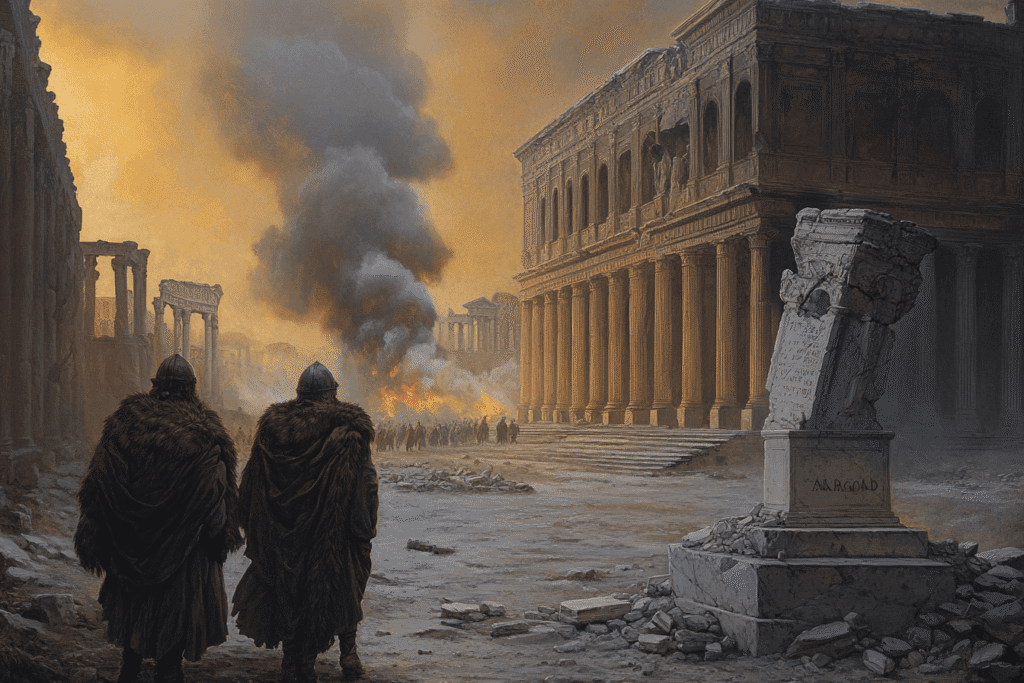
Ravenna’s Rise as a Cultural and Political Center
Despite its origins as a defensive refuge, Ravenna quickly blossomed into a major political and cultural center. As the capital of the Western Empire, it attracted scholars, artists, clergy, and officials from across the Mediterranean. The city’s architecture, especially its mosaics, reflects a unique synthesis of Roman, Christian, and Eastern influences.
Religious Significance
Under imperial patronage, Ravenna became a center of Christian art and architecture. The city’s churches and baptisteries, many adorned with stunning mosaics, bear witness to the mingling of Western and Eastern Christian traditions. Ravenna was raised to the status of an archbishopric in 438, further cementing its religious importance.
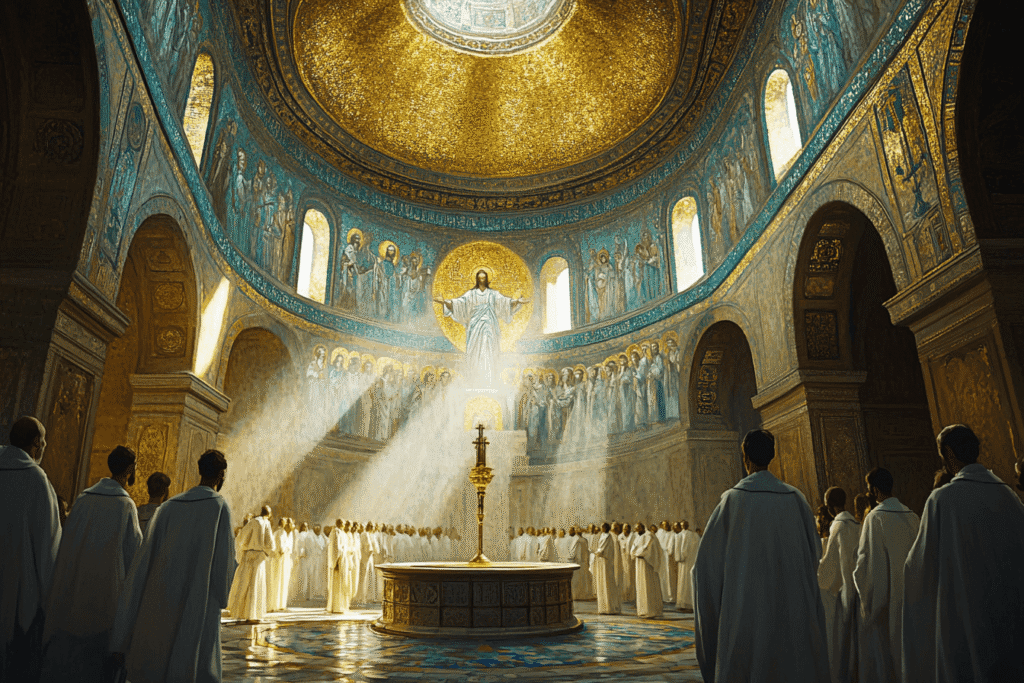
Crossroads of Cultures
Ravenna’s history after the fall of the Western Empire illustrates its role as a crossroads.
Ostrogothic Kingdom: After the deposition of the last Western emperor, Romulus Augustulus, in 476 AD, Ravenna became the capital of the Ostrogothic Kingdom under Theodoric the Great. Theodoric maintained many Roman traditions and continued the city’s architectural patronage.
Byzantine Exarchate: In 540 AD, Ravenna was captured by the Byzantine general Belisarius and became the seat of the Exarchate of Ravenna, the center of Byzantine rule in Italy for two centuries. The city thus remained a vital link between East and West, Latin and Greek, Catholic and Arian Christian traditions.

The Shift from Rome as a Symbol to Rome as an Idea
The move to Ravenna marked a turning point in the Roman conception of empire. No longer was “Rome” synonymous with the city itself; instead, it became an idea, a legacy, and a claim to legitimacy that could be invoked from other centers of power. This shift foreshadowed the later medieval and Byzantine use of the term “Roman” to denote imperial authority, regardless of location.
Conclusion: The Move as a Mirror of Empire in Crisis and Transformation
The transfer of the Western Roman capital from Rome to Ravenna was not merely a reaction to immediate threats but a reflection of deeper changes in the empire’s structure, priorities, and identity. Faced with relentless external pressures and internal decay, the Western emperors chose pragmatism over tradition, seeking safety and survival in a city better suited to the realities of the fifth century.
Yet, in retreating to Ravenna, the empire found not just refuge but renewal. While the Western Empire continued to fragment, Ravenna experienced a remarkable period of artistic and intellectual vitality. Its mosaics, churches, and monuments remain some of the most important examples of early Christian and Byzantine art in Europe. The city became a crucible where Roman, Christian, and barbarian cultures met and mingled, shaping the course of European civilization long after the empire’s political demise.
Ravenna’s brief tenure as the Western capital was both a symptom of imperial crisis and a catalyst for cultural transformation.

